Monlan Festival
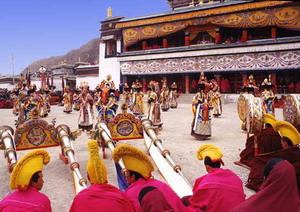
The Monlan Festival is a Buddhist Tibetan festival that takes place every year in Xiahe, thousands of pilgrims from every part of the Tibetan areas meet in Xiahe for the Monlan celebrations. They will celebrate the New Year praying all day long.
The most important event of the year for the Labrang Monastery is Monlan or Great Pray. Tibetans refer to a moon calendar, therefore the date of this anniversary change every year. Monlan starts three days after Tibetan New Year's Day, which usually falls in February or March. Four days long lasting spectacular ceremonies draw to the city nomads from grasslands, shepherds and pilgrims, each one coming dressed with his own colourful clothes. Especially girls wanting to marry adorn themselves with beautiful golden and coral jewels and put on their most gaudy dresses.
The Monlan Festival is not only a religious holiday, it is also a chance to meet someone and spend some time together. Many families living far from each other meet during this holiday; young people make the most of the opportunity to meet their future consort. On the street you can watch actors' performances. Everybody without exception prays to get new merits for his next life.
During the fist day of the celebration, early in the morning, a holy image of Buddha, painted on a huge (35 x 25 m) thangka is displayed to all pilgrims. The image is laid on a holy hill on the southern bank of Dàxià Hè River. Many people take part to this ceremony, and the devoutness showed in front of the painting is unequalled compared with other religious event.
All religious leaders of the monastery are present, including all living Buddhas living there. In the second day there is Qiamuqia -- devils dance. This event was related also by Marco Polo, who visited the monastery during his stay in China. The monks from dance school perform the whole day with very coloured masks and cloths. Such dances aim to avert evil spirits and to show people, originally nomad and ignorant, the Tibetan "bible". The third day, all night long, monks display very beautiful and coloured sculptures, made of Yak butter, symbolising different Buddhas.
Pilgrims go many times by the sculptures and pray with very deep devotion. The sculptures are displayed in the night because, in spite of the low day temperature -10°/-15°, the strong sun irradiation could spoil the statues. The fourth day the statue of Maitreya is carried around the whole monastery's perimeter while a throng of believers follows this procession.
The Bingling Grottoes (Bingling shiku), also known as the Bingling Temple (Bingling si), are a series of Buddhist caves that are situated on a not easily accessible...
The place is famed for the romantic love story of Emperor Xuanzong and his concubine Yang Guifei in the Tang Dynasty (618-907).
Jiayuguan Pass is the first pass at the west end of the Great Wall of China and was built during the Ming Dynasty.
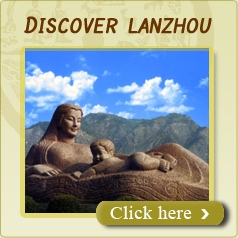

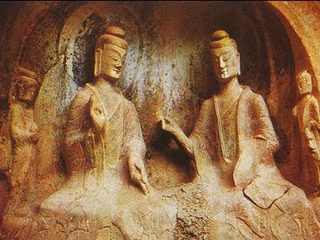
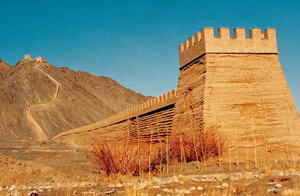
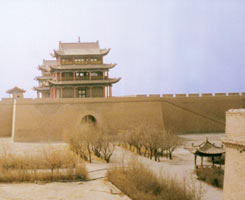

 +86 20 37251788
+86 20 37251788